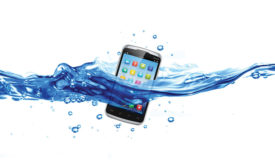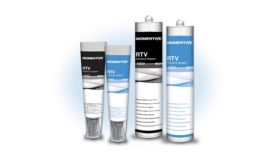Home » sealants in electrical/electronic
Articles Tagged with ''sealants in electrical/electronic''
Editor's Memo
Many adhesives and sealants applications require innovative production processes
Read More
Advancing Adhesives
Adhesives and Sealants' Role in Electronics Device Design
Mobile electronics device design trends are driving adhesive innovation.
January 1, 2018
Carbon Fiber Electric Cars
The electric car uses Zolteck PX35 carbon fiber.
December 13, 2017
IPC Pulse Survey Reveals Bullish Outlook for Electronics Market
The 12-month business outlook is positive according to 87.5% of the responding companies.
November 20, 2017
Focus On
Keeping the Water out
A new surface treatment can make a variety of electronic surfaces waterproof.
October 6, 2017
New Devices Bolster an Already Strong Hearables Market
Hearable shipments are forecasted to top 11 million in 2022, increasing from just 0.6 million in 2017, growing at a compound annual growth rate (CAGR) of more than 75%.
September 18, 2017
Fabricating Smart Surfaces
A new study in plasma processes and polymers shows promising forecasts.
August 30, 2017
Keep the info flowing with our eNewsletters!
Get the latest industry updates tailored your way.
JOIN TODAY!Copyright ©2025. All Rights Reserved BNP Media.
Design, CMS, Hosting & Web Development :: ePublishing








